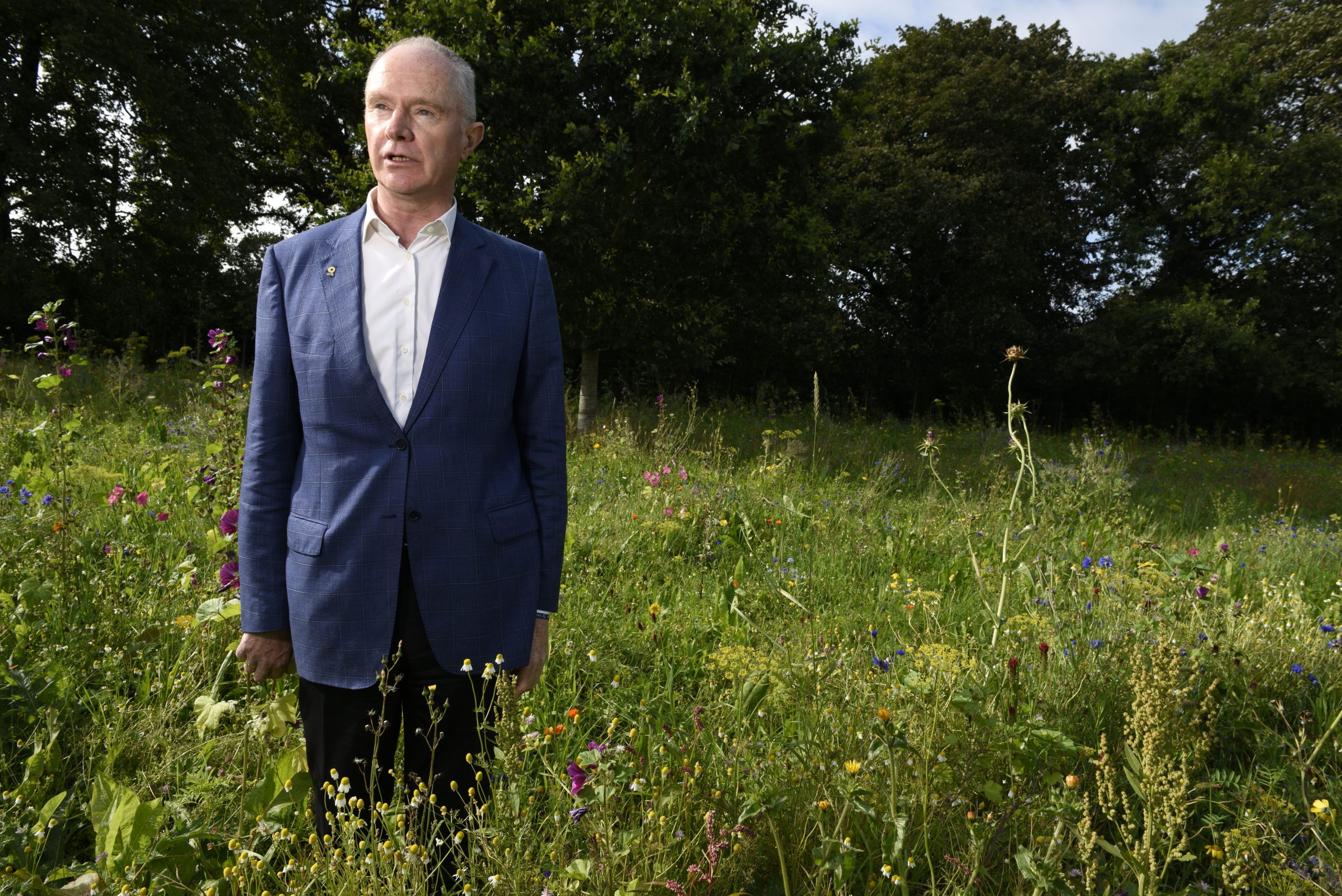Eleven months ago, Devenish executive chairman Owen Brennan and I were standing on the breathtaking Dowth farm in Co Meath, where the agribusiness conducts its research. His interview for The Currency at the time detailed how the animal nutrition group, in which he owns a 74 per cent stake, had grown from revenues of £5 million a year to £5 million a week in 20 years – “with the intention of scaling that up again four to five-fold in the next three to five years”. We are back walking the land on the bank of the river Boyne and there…
Cancel at any time. Are you already a member? Log in here.
Want to read the full story?
Unlock this article – and everything else on The Currency – with an annual membership and receive a free Samsonite Upscape suitcase, retailing at €235, delivered to your door.

